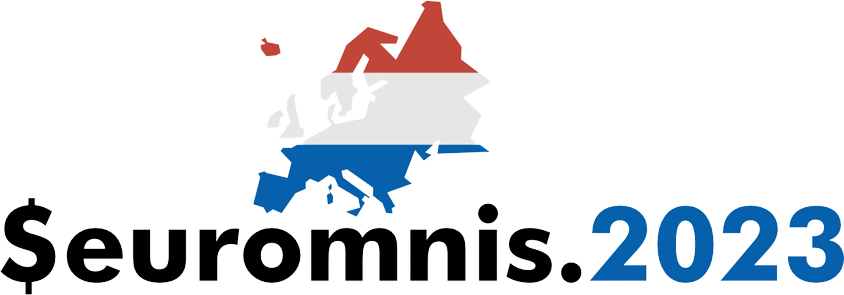4 days / 20 talks
Awesome and great speakers

Lou Picciano
Lou has been an Omnis developer for a very long time; one of the first in the world, in fact, starting with early DOS-only versions back in ’82 and ’83. Essex Systems was the first Omnis Development Center in the world as well – a program developed under ‘prior management’ at Omnis.
Lou was one of the founders of The Macintosh Consultants Network, a group comprised primarily of Omnis Developers.
He was also the Director of Blyth & Associates, Omnis’ only foray into the world of direct-to-client professional services, focusing on Omnis’ very largest accounts.
He is now the principal architect of OmnisCloud, a database-centric SaaS platform serving a variety of vertical market and compute-intensive infrastructure needs in The Cloud, including work in media apps, workflow, document management, medical and bioinformatics, genomics and other areas.
Lou started in Omnis as he was going broke completing his M.D. degree. His first projects? Supporting the newly-appearing world of private Day Traders, active in the commodities markets.
The IoT Tour Continues. We continue our overview of the IoT hardware/device/IDE Ecosystem
The Tour continues… The Internet of Things is growing by leaps and bounds. But what exactly is it? We’ll start with the broad overview, with an eye toward the future in what will surely be a new Digital Economy. In this hardware-centric session, we’ll take a look at a handful of the common devices and platforms. With the popularity of platforms like Arduino, Edison and many others within the ‘Maker Movement’, a whole new era of easy programmability of inexpensive devices has emerged. Gone are the days of EE-only designs. All these ‘things’ need applications, databases and front ends. Where does Omnis fit in?
Warning: This session will be hands-on; we may even get to play with some IoT toys in this session. Expect flashing lights, some gizmos and even some programming. Why should kids have all the fun? The intrepid attendee may wish to pre-install the Arduino and Energia IDEs. And don’t forget your MicroUSB cables. The intrepid attendee will have the Arduino And Energia IDEs pre-installed.
The IoT Platforms – Security, Consolidation, Analytics. Tying it all together
The IoT may start with things, but the impact will be based on data, applications and microservices. Arrays of sensors offer one clear example — Homes, industrial data, patient data, power management – to name a few – will produce wide rivers of data. But how to handle it? How are insights being drawn from this data? What tools are being used to analyze, make decisions upon and deliver value from these datasets? Approaches include standard web protocol interfaces, APIs and add-on micro services.
We’ll take the high-level overview of a handful of these. These platforms offer sophisticated black box approaches to any number of larger engines in security, analytics, and AI. On the other hand, tools such as Omnis, PostgreSQL, Python, Node.js, Node-RED… constitute a toolbox for development of home-grown platforms. We’ll also take a look at a couple of ready-for-market products which have leveraged these technologies.
What role might Omnis play in all this?

